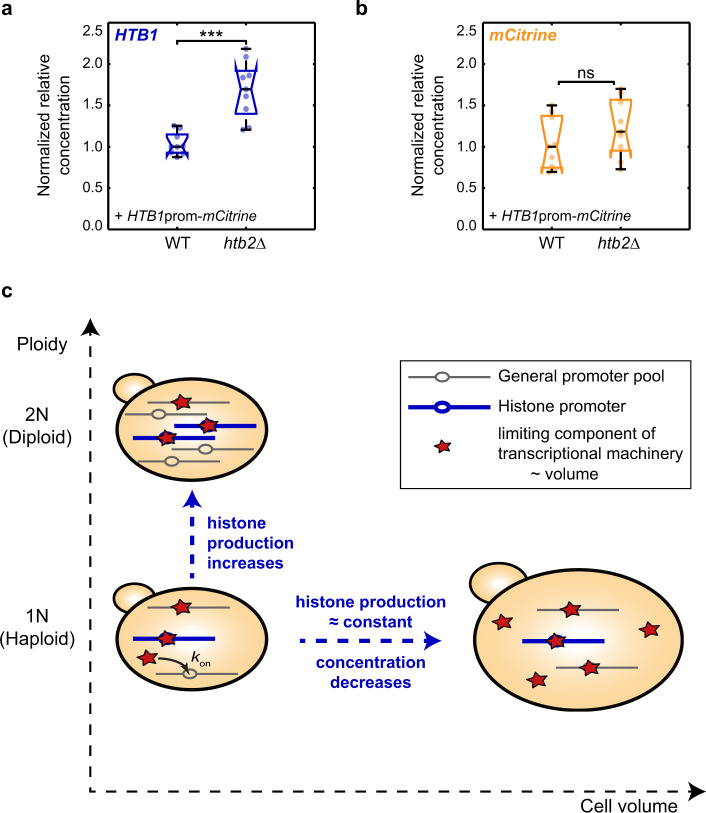Fig. 8. Histone promoters can couple gene expression to genome content.
a, b Relative HTB1 (a) and mCitrine (b) mRNA concentrations (normalized on RDN18) for a wild-type haploid strain carrying an additional HTB1 promoter driving mCitrine expression, and a htb2∆ in the same background, measured by RT-qPCR. Concentrations are normalized on the respective median concentration in the wild-type. Biological replicates are represented as colored data points (circles, = 9), colored boxes highlight the 25- and 75-percentiles and whiskers extend to the minimum and the maximum of the distributions. Black, horizontal lines indicate the median of the biological replicates, notches indicate the 95% confidence interval. Significances were tested using a two-tailed, two-sample t test at a confidence level ; ***. c Illustration of the mechanism identified in this study. Through template-limited transcription, cells can quantitatively couple histone production to DNA content even though total biosynthetic capacity is linked to cell volume. This results in a decrease of histone concentration with increasing cell volume and an increase with increasing ploidy.

